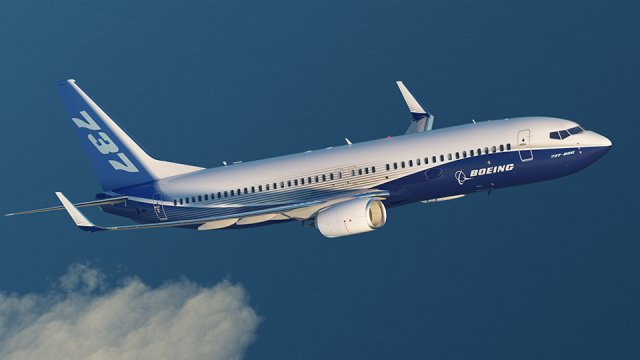| a | |||
|
World Aviation Defense & Security News - Mexico
|
|||
| Mexico to purchase two Boeing 737-800 aircraft to reinforce country's transport capabilities | |||
|
The Mexican Defense Secretariat (Sedena) will reinforce its existing heavy-haulage, fixed-wing fleet of aircraft with the purchase of two Boeing 737-800 airplanes, costing nearly US $250 mn. Both aircraft will strengthen Mexican Air Force (FAM) Air Squadron 502, which lost three planes, Boeing 727-200s, to recurring mechanical failures after being heavily used during rescue and relief efforts in the aftermath of Hurricane Odile in September 2014.
|
|||
|
|
|||
 Boeing 737-800 aircraft Boeing 737-800 aircraft(Boeing) |
|||
|
|
|||
|
The 737-800 was selected over the Boeing 737-900ER and the Airbus A320-200, according to documents supporting the procurement programme released by the Secretariat of the Treasury and Public Credit (SHCP) on 29 May.
In selecting this aircraft, Sedena and the Mexican Air Force looked for low maintenance costs, a range of at least 3,000 nautical miles, capacity for between 140 and 180 seats and cutting-edge technology to ensure the safety of air operations. The planes can be deployed with very short notice and with proper maintenance their service life is expected to be 20 years. The Sedena says that without the acquisition “the current fleet would have to undergo a short-term upgrade of their navigational and communications systems, and a complete overhaul of the cockpit, replacing analogous instrument with newer, digital versions. The fleet would spend more time on land as structural inspections would need to be carried out more frequently.” The existing fleet of three is getting on: one was built in 1965 and the other two in 1981. |
|||
















